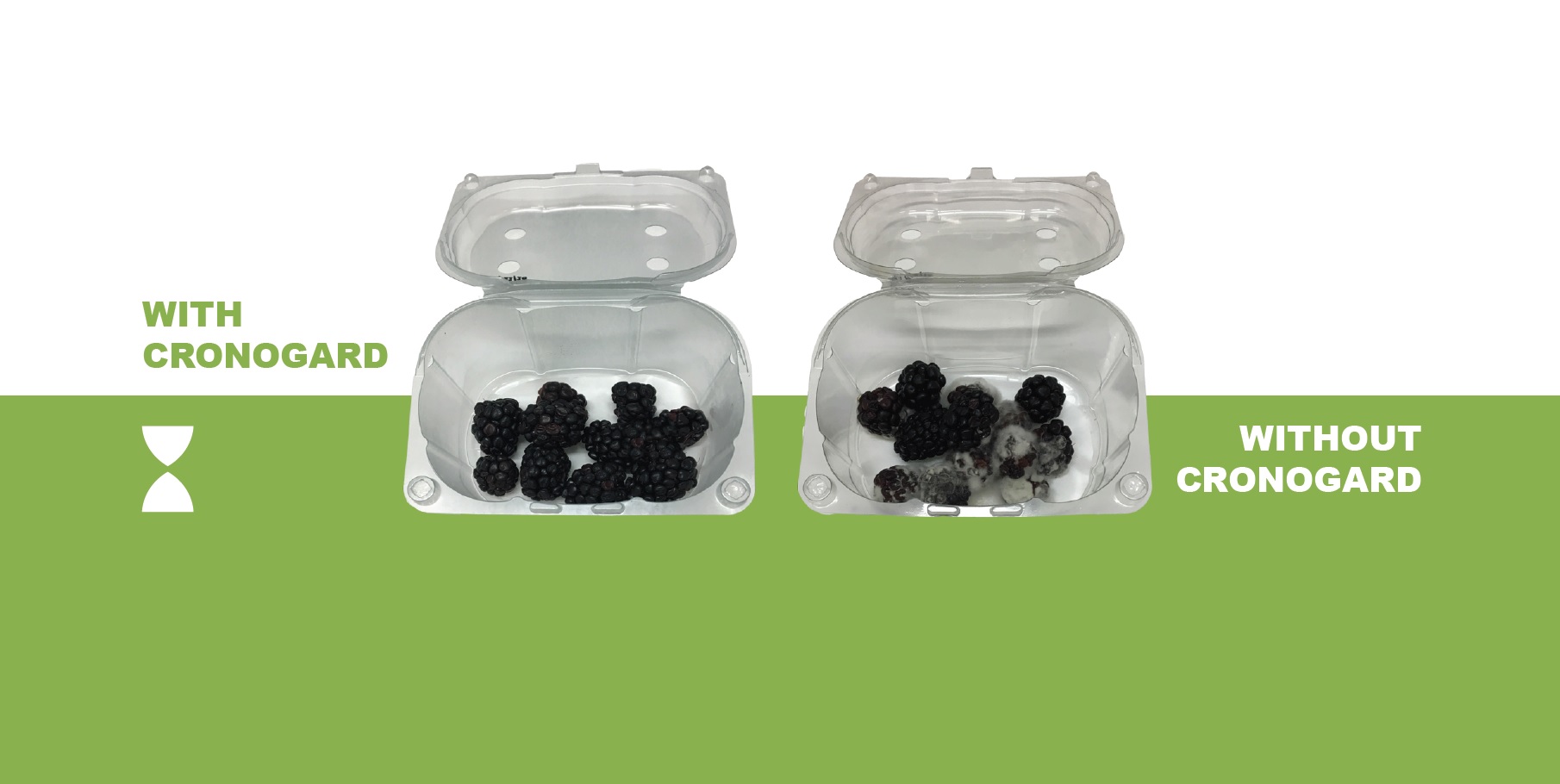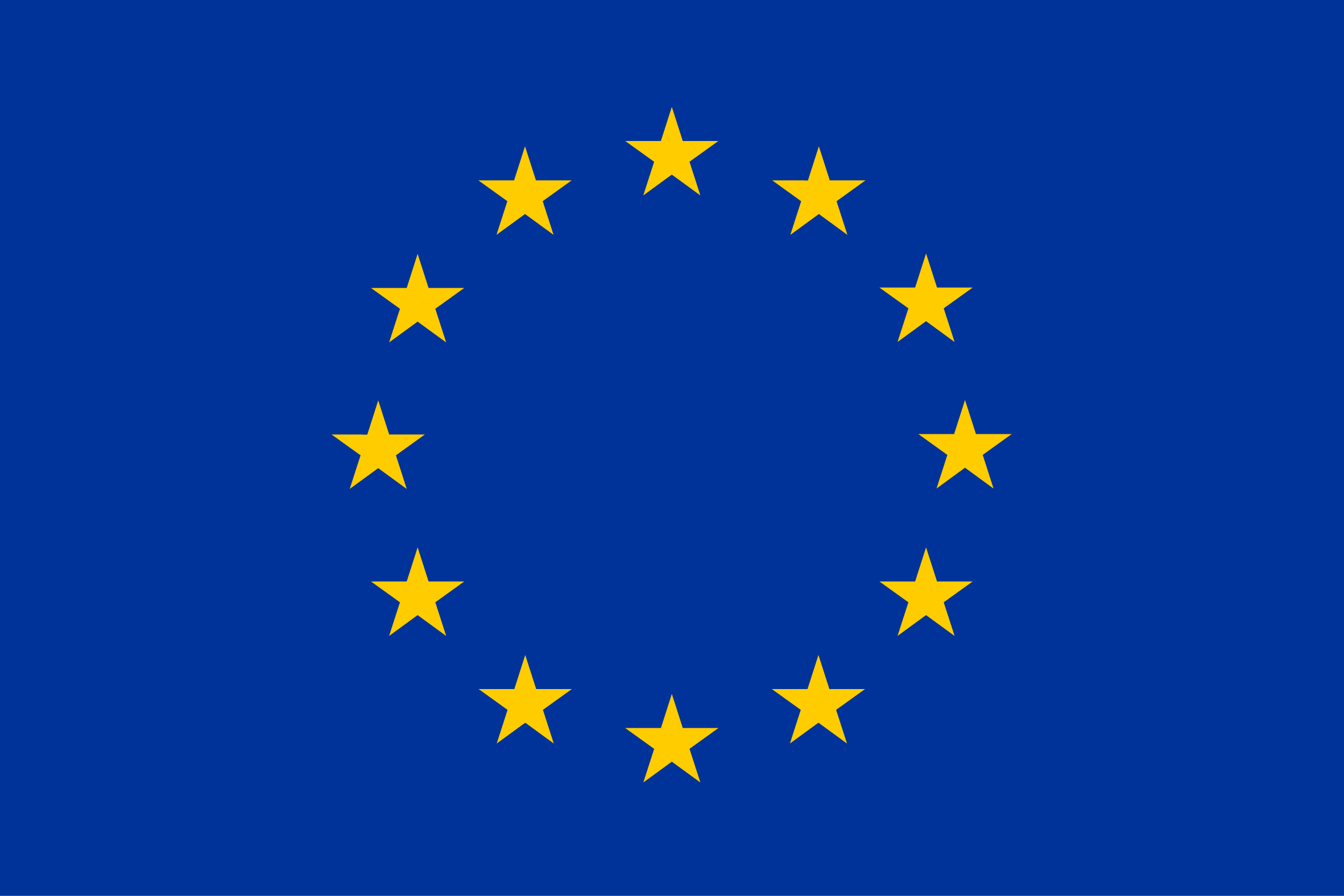
Case studies - blackberries
Case studies
BLACKBERRIES
RESULTS
Appearance: from day 10, there were obvious differences between blackberries in the untreated packets and those in Cronogard® treated packets. Dehydration occurred in both types of packets. Yet, some berries in the untreated packets had turned red and mold was growing on a few. After 21 days, the difference was clear: only 9% of the blackberries in Cronogard® treated packets were moldy, while 50% of the berries in the untreated packets were covered in mold.
TEST CONDITIONS
21 days at 4°C
FILLER
A6B6
Application: Coating
TYPE OF PACKAGING
APET punched trays coated with A6B6 plus paper PAD coated with A6B6. (Cronogard® treated packets)
Sample Referenced: APET punched trays plus untreated paper PAD. (untreated packets)


